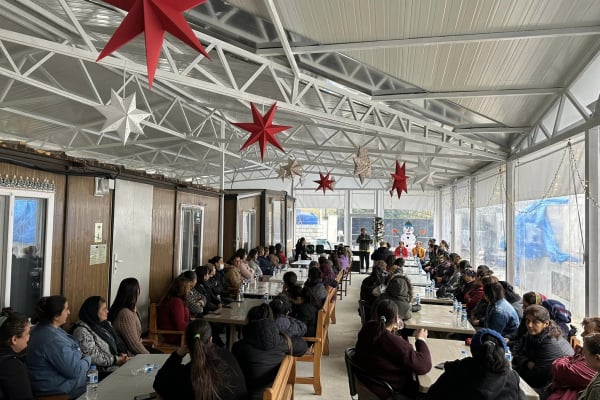_1617642066_600x400.jpg)
Five Things a Worker Serving Among the Deaf Wants You to Know
Myths about the Deaf and a lack of awareness of the unique needs of these least-reached people are major obstacles that often prevent them from learning of the good news of Christ. Below, Christar's first worker among the Deaf shares five things he wishes more believers understood about the Deaf and reaching them with the gospel.
1. Sign language isn’t universal.
Every country has its own sign language, and some countries have more than one. It’s estimated that over 400 sign languages are in use worldwide. Simply knowing American sign language doesn’t enable a person to communicate with the Deaf outside of the United States. So, to effectively share the gospel with the Deaf around the globe, believers need to learn their native sign languages.
2. Sign languages are distinct languages—not just gestures mimicking spoken language.
Sign languages have distinct structures and idioms. They’re not word-for-word translations of spoken languages. Thus, learning a sign language requires far more than memorizing the sign for each word. Likewise, a Deaf person must learn a new system of grammar and figures of speech to understand the written form of a spoken language.
3. Written materials aren’t an effective means to share the gospel with the Deaf.
For most people, reading involves mentally sounding out words based on the sounds that each letter represents. But for someone who’s unable to hear, words are just a collection of characters without any inherent meaning. So learning to read as a Deaf person requires not only grasping the grammar and idioms of the spoken language, but also memorizing which combination of letters refers to which word.
In many countries only a small fraction of the Deaf can read and write—in Albania for example, 97 percent of Deaf adults are functionally illiterate.[1] So, written materials aren’t an effective means for the Deaf to learn of the good news of Christ. While God can certainly use written Scripture to reveal Himself to the Deaf, sign language translations of the Bible are typically more readily understood in Deaf communities.
4. The Bible has only been fully translated into one sign language.
Only American Sign Language (ASL) has a complete Bible, and most sign languages don’t have even small portions of Scripture. Although more people have the ability to watch video content (the format in which sign language Bibles are recorded) today than ever before, the Bible hasn’t yet been translated into the majority of sign languages. (Contrast that with the hundreds of English Bible translations available!) The only way most of the Deaf will encounter God’s Word is through one of His followers.
5. The Deaf are many—and they are least-reached.
Collectively the Deaf, a group bigger than the population of all the United Kingdom, represent one of the biggest unreached, unengaged people groups on earth. Like many least-reached people groups, they remain largely untouched with the gospel because numerous obstacles, including their isolation from the Hearing and their need for the Bible in their language, stand in the way.
But God can overcome these challenges! We eagerly and prayerfully anticipate what the Lord will do through the ministry and service of Christar workers who will share the hope of Jesus in Deaf communities around the world.
Participate by Praying:
- Ask God to open the hearts of many in the Deaf community as they interact with workers and learn of the good news.
- Pray for wisdom as Christar seeks to effectively bring the gospel to Deaf communities around the world.


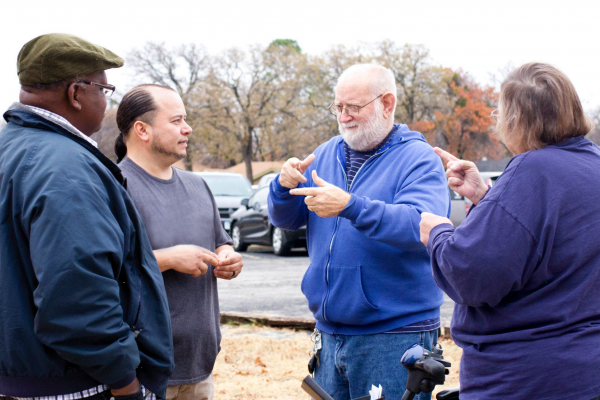
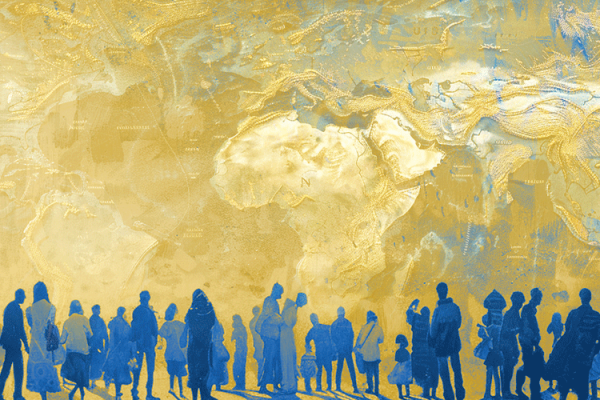



















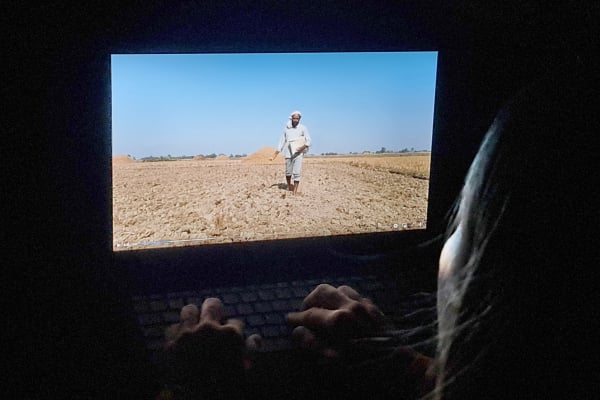



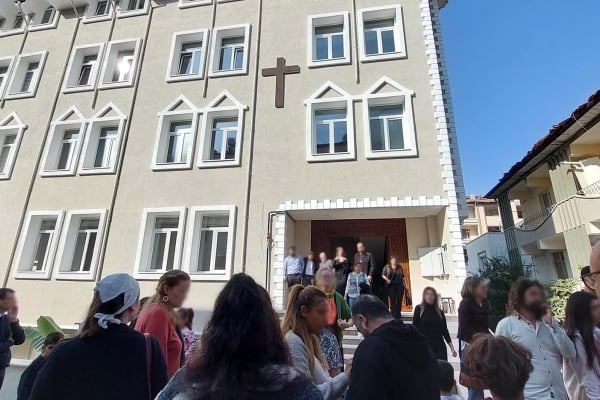

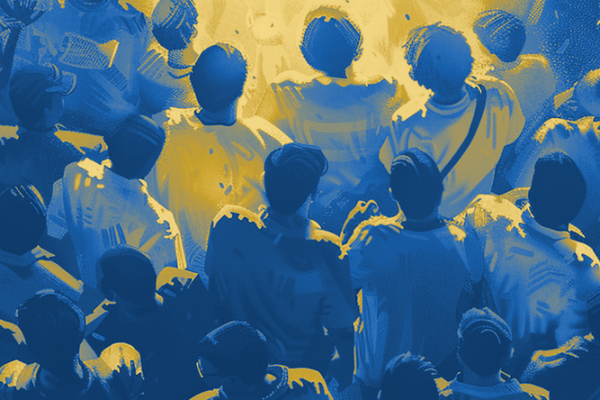

_1724957011_600x400.png)







